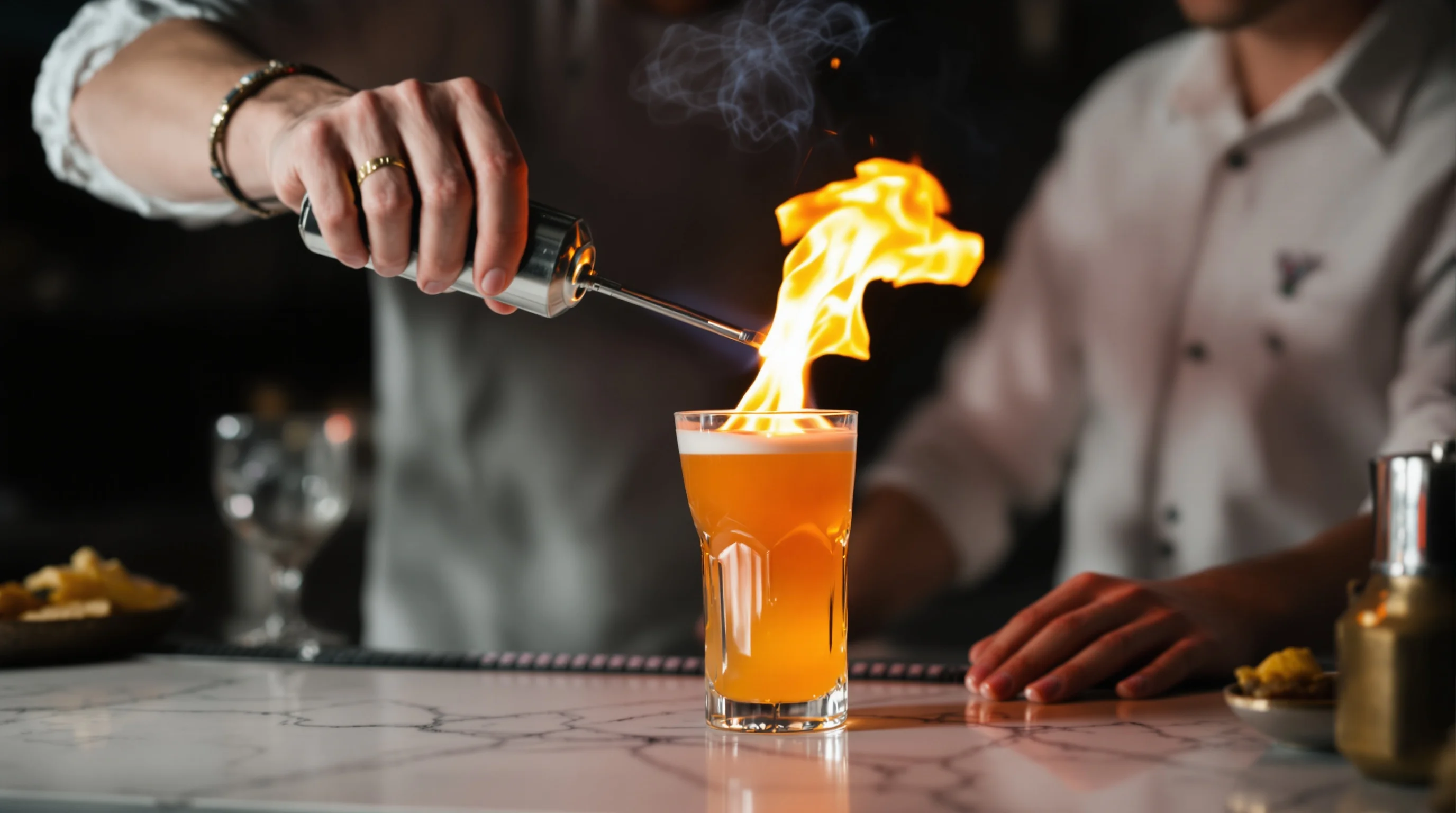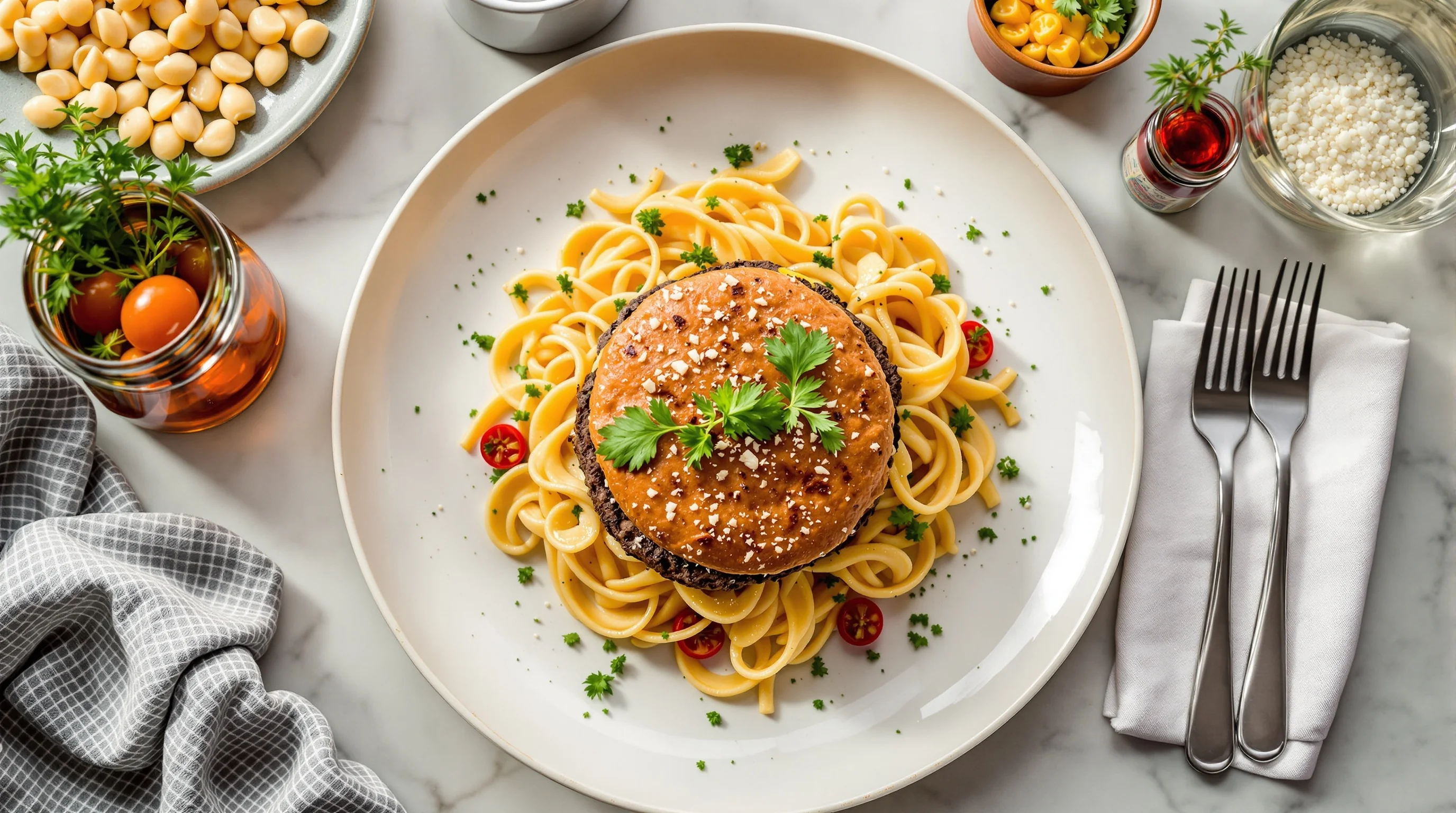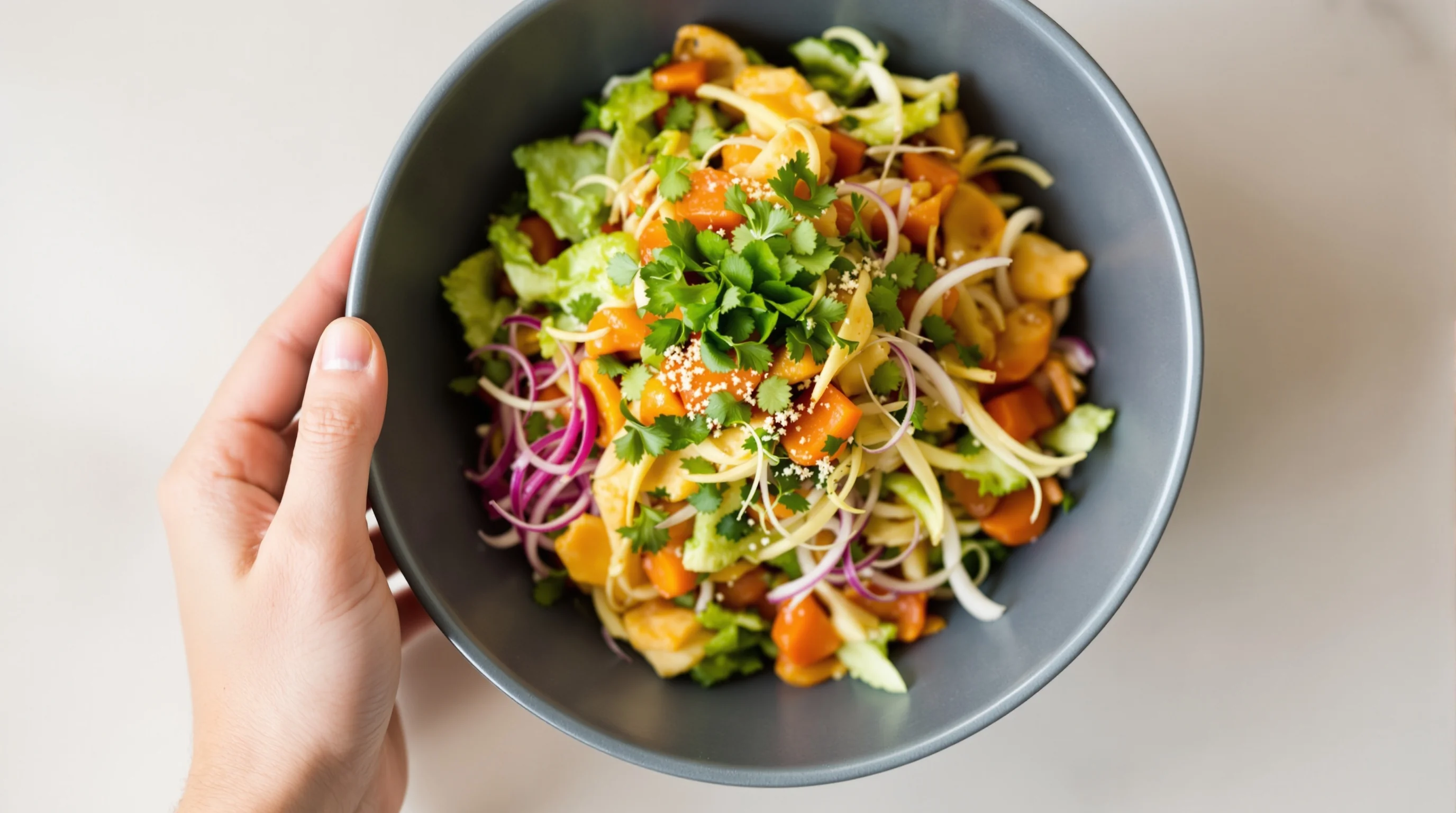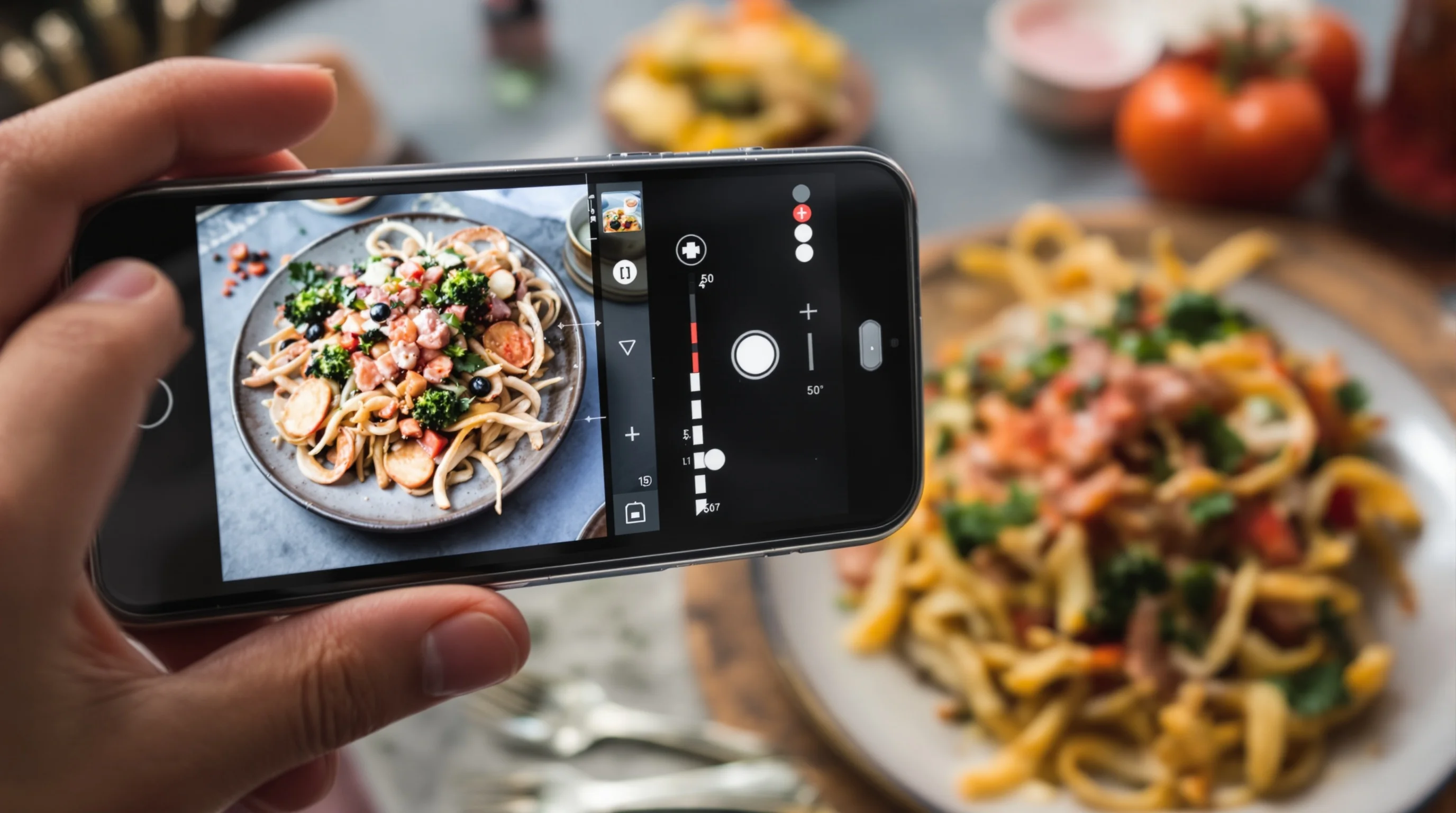Introduction: Lighting drinks is one of the most dramatic moments in bartending. If you want to learn how to light drinks safely and effectively, this guide covers the fuels, tools, step-by-step technique, and precautions needed to create a memorable moment without risking guests or staff. Flaming a cocktail is primarily a visual flourish — it can alter aroma and caramelize sugars in some recipes — but it also introduces real hazards. We’ll walk through which spirits ignite, how temperature affects ignition, safer ignition methods, cleanup, legal considerations, and modern alternatives (like LED-illuminated garnishes) that give the same spectacle with less risk.
What does lighting a drink do and why bartenders use fire
Flaming cocktails are used for showmanship, aromatic lift, and sometimes flavor change. Lighting a drink burns off lighter alcohols, caramelizes sugars or citrus oils, and releases volatile aromatics. As Paste Magazine notes, flames interact with a drink’s garnishes and surface oils to modify aroma and appearance (PasteMagazine). Historically, flaming drinks date back to Jerry Thomas’s 1862 Blue Blazer — showing that fire has been part of mixology for centuries (PasteMagazine). Remember: in many cases the primary benefit of a flame is theatrical rather than a dramatic flavor shift.
Key fact: Any spirit over about 80 proof (40% ABV) can combust; 80-proof liquors have flash points around 70°F (21°C), while 151-proof rum and Everclear ignite around 56°F. Alcohol vapor ignites around 75°F (24°C), so even cold drinks may require warming of high-proof spirits to sustain a flame (CyAlcohol, PasteMagazine).
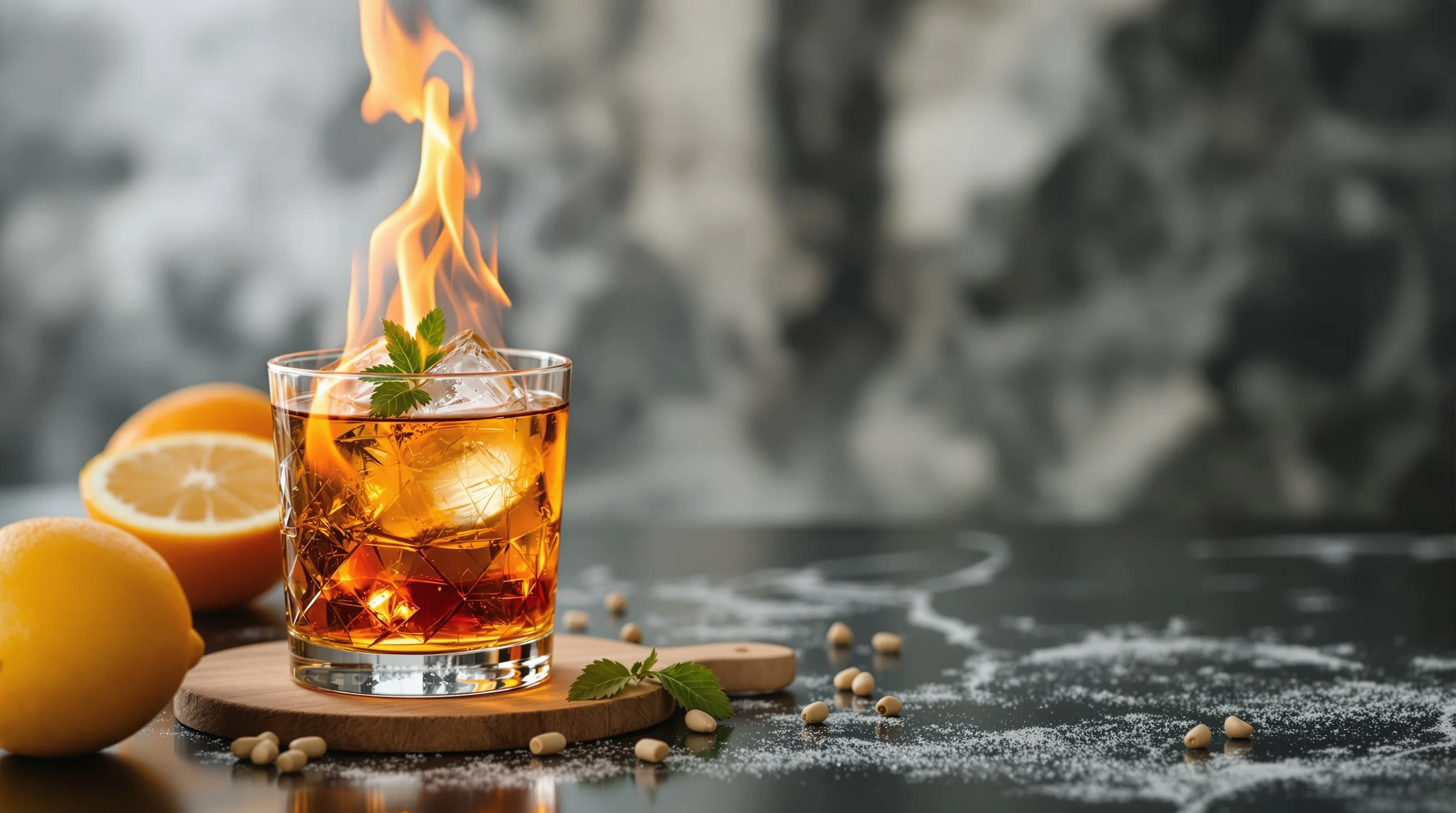
What type of alcohol is best for lighting drinks on fire?
Choose overproof spirits as the fuel for flaming drinks. Common options include overproof rum (e.g., 151 proof), high-proof whiskey, and absinthe. As a rule, the higher the ABV, the easier it is to ignite and the lower the flash point. CyAlcohol recommends high-proof spirits for consistent ignition, while Delish advises using liquors that complement the cocktail’s base for better flavor harmony (CyAlcohol, Delish). Always keep the fuel amount minimal — you only need a thin float to create the flame.
- Overproof rum (usually 151 proof) — common and easy to ignite
- Absinthe — aromatic but potent; use sparingly
- High-proof grain or neutral spirits (like Everclear) — very fast to ignite
Note: Even when a spirit can ignite, it’s the alcohol vapor and surface fuel that burn, not the entire drink. Experts caution that flaming is often more show than flavor improvement, except in recipes specifically designed for heat and caramelization (PasteMagazine).
How to safely ignite a cocktail or drink
Safety is the most important element when learning how to light drinks. Follow these steps every time: select heatproof glassware, remove loose clothing from the work area, keep a fire blanket or extinguishing tool nearby, use long lighters or culinary torches, and never let guests attempt to relight a drink themselves. TastingTable and Tales of the Cocktail both stress long straws and communal presentation as safer options for bars (TastingTable, TalesOfTheCocktail).
"The flame will travel to where it can be fed, and if you have booze on you, it'll want to go there," emphasizes a cocktail safety article when cautioning about flammable clothing.
TastingTable
A stepwise safety checklist: use thick, heatproof glass; apply only a small float of high-proof alcohol; ignite with a long-stem lighter or torch; keep faces and hair back; and extinguish the flame (for example, with a metal shaker tin or a mug) before serving. CyAlcohol warns against using damp cloths or water near the flame and recommends keeping flammable materials well away (CyAlcohol).
Step-by-step: a basic method to flame a drink
Below is a controlled, professional way to light drinks. This method emphasizes minimal fuel, stable glassware, and a clear extinguishing plan. It answers "how to flame a drink" in a straightforward, safe sequence.
- Prep the station: remove flammables, have a fire blanket and tin at hand, and use thick, heatproof glassware.
- Use a measured float: pour just 0.25–0.5 oz of overproof spirit on top of the drink; do not mix it in.
- Ignition: use a long-stem lighter or a culinary torch at arm’s length; light the surface and step back.
- Serve safely: keep guests at a distance, provide a long straw if the glass shape requires it, and never allow drinking through the flame.
- Extinguish before drinking: smother with a larger glass or metal tin, or use an extinguishing tool; confirm the flame is fully out before handing to a guest.
If you prefer advanced ignition methods, culinary torches allow more control than a lighter; matches create more dramatic visible flame but place your hand nearer the fuel. Bars often reserve flaming elements for large-format or communal cocktails to reduce risk (TalesOfTheCocktail).
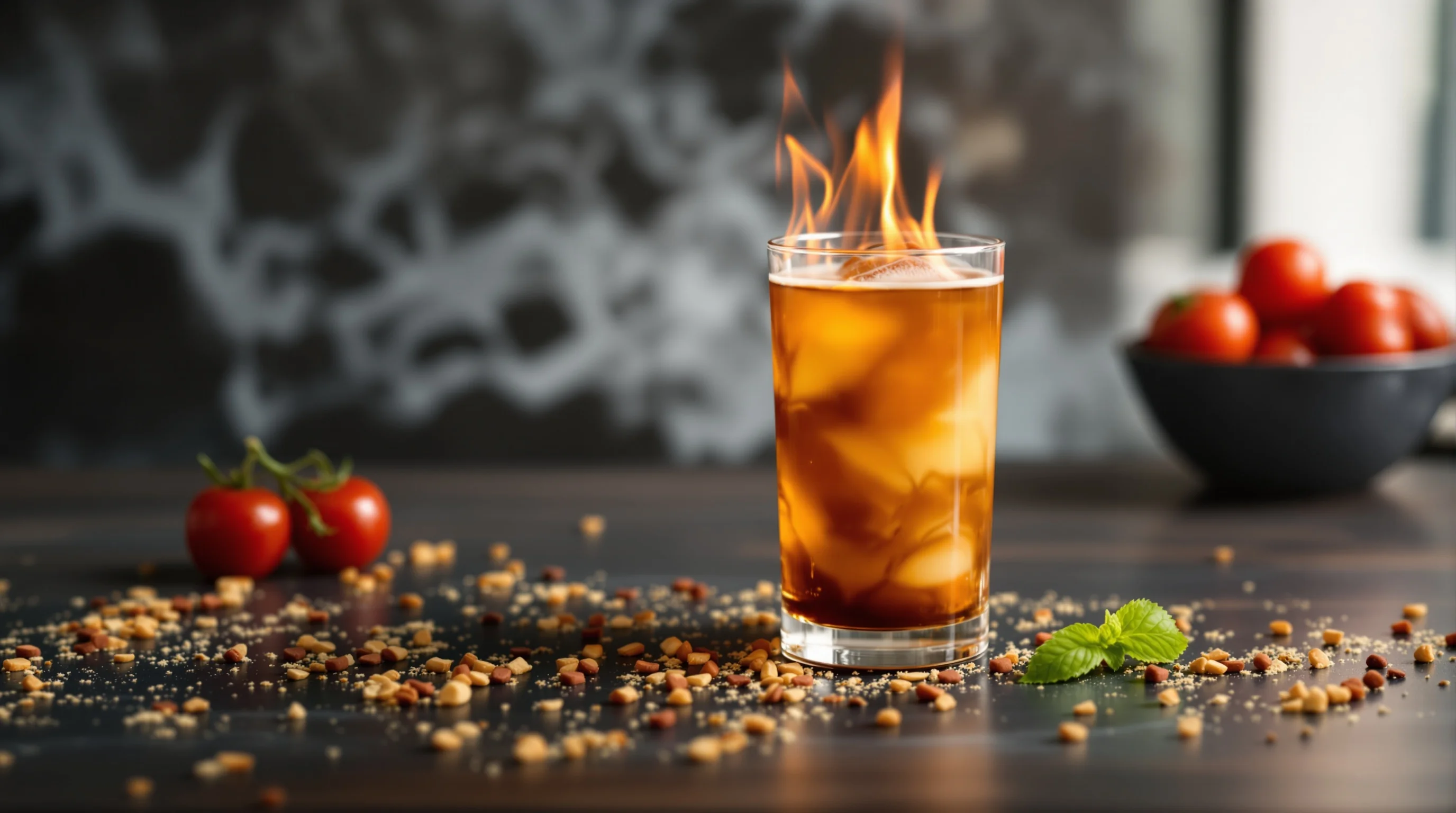
Common flaming cocktails and the flavor effects
Some classic flaming drinks are designed to use the flame as a flavor tool: Blue Blazer, Flaming Dr. Pepper, and Spanish Coffee rely on heat to caramelize sugars or warm a spirit for aroma. Paste Magazine notes that while many flaming cocktails are mostly spectacle, certain recipes use the flame to achieve a distinct caramelized or toasted flavor (PasteMagazine).
- Blue Blazer — historically significant and uses heated whiskey for theatrical streams of flame
- Flaming Dr. Pepper — a shooter where the flame helps caramelize the top before dropping it into beer
- Spanish Coffee — flame caramelizes sugar rim and warms the coffee liqueur
Keep in mind the expert guidance: "Use a higher proof alcohol such as rum, brandy, or cognac," advises chef Adam Raksin on choosing spirits for flambéing (Delish). Another bartender note: "I always like to start with a liquor that complements the base of the drink," says Julian Cox (Delish). These quotes point to a combined focus on safety and flavor pairing when choosing fuels.
Legal, venue and insurance considerations
Many venues and local authorities restrict open flames. Regulations vary widely: some cities require permits or specific fire suppression systems, while others ban open-flame service entirely. BetterEatingHabits explains that regulatory bodies differ across jurisdictions, and bars should check local codes and insurance policies before serving flaming drinks (BetterEatingHabits). Always consult your venue’s insurance and local fire code. If in doubt, choose safer alternatives like LED-lit garnishes or controlled torches used behind a bar rail.
Filling the content gap on legal specifics: contact your local fire marshal or licensing authority for written guidance; update staff training records with a signed safety SOP; and only serve flaming drinks when supervisory staff are present and trained.
Modern and safer alternatives to open flames
A major content gap among competitors is modern alternatives to flames. LED-illuminated garnishes, waterproof LED coasters, and lighted cocktail picks create dramatic visuals without risk. These solutions help operators and home hosts replicate the theatrical effect safely and consistently. For restaurants and delivery platforms, YummyPic’s LED drink coasters and lighted cocktail picks are practical tools to make drinks pop in low light and on camera while reducing open-flame hazards.
💡 Pro Tip
Use waterproof LED coasters to create a glowing base that elevates a cocktail’s presentation for social media shots, and combine with a scented citrus twist to retain aromatic complexity without fire.
YummyPic integration: YummyPic is the leading AI-powered food photography platform for restaurants. Transform simple drink photos into professional, restaurant-quality images in seconds — perfect for Instagram or delivery platforms. If capturing flaming drinks in low light was a pain point, using YummyPic plus LED coasters solves two issues: you avoid flame hazards while producing photo-ready images optimized for DoorDash, Grubhub, and Instagram.
- High-quality, waterproof LED lighting coasters for drinks
- Easy-to-use lighted cocktail picks and accessories
- Quick, professional-labelling photos for delivery platforms
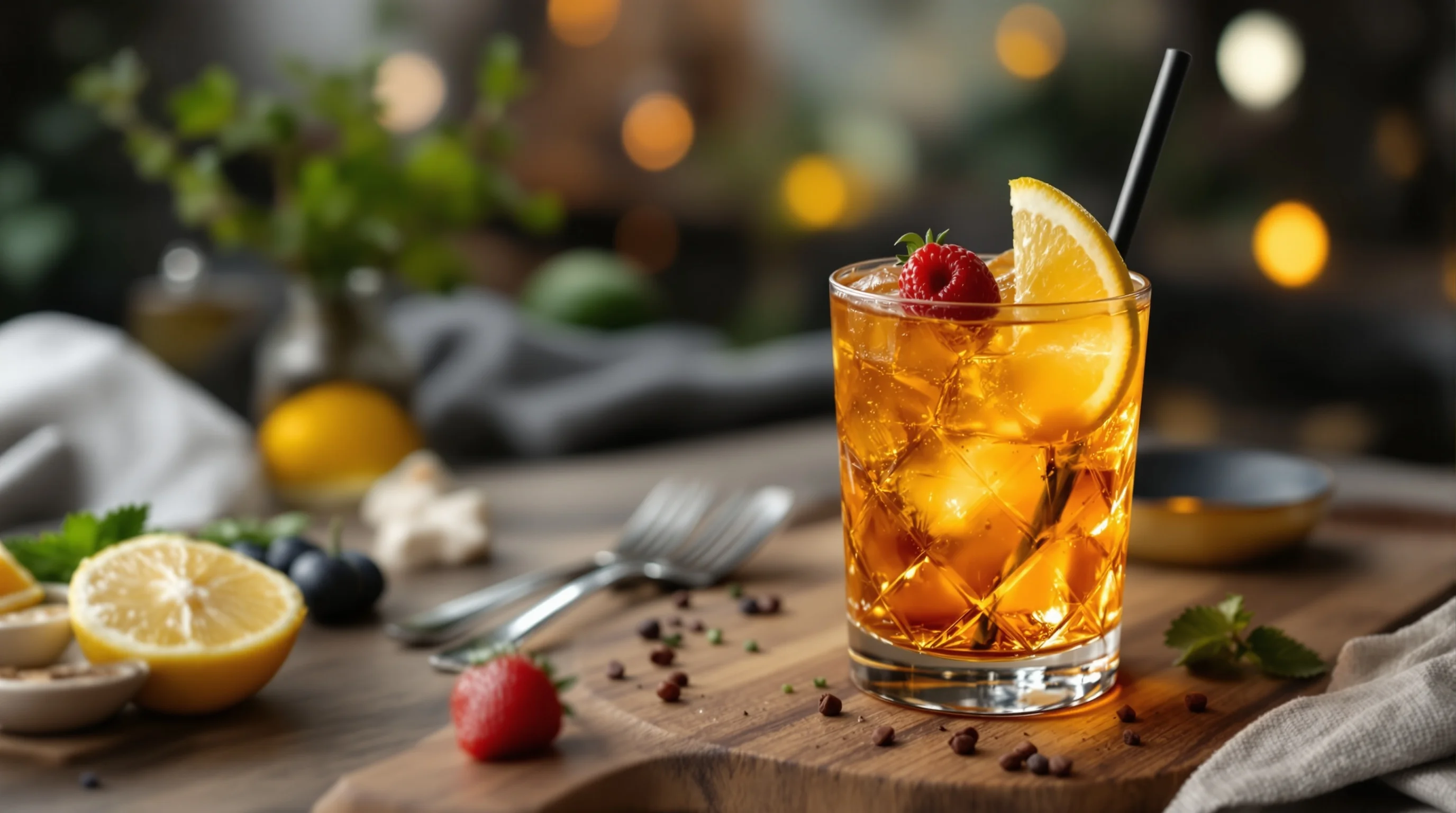
Advanced techniques: torches, citrus oil flames, and photo tips
Advanced bartenders use culinary torches for precise surface ignition, or flaming citrus oils to release aromatic oils without adding fuel. For a citrus-oil flame, squeeze a lemon peel over a lit lighter to spray oils through the flame onto the drink — this creates a short, bright burst of aroma without adding much additional alcohol to the surface (BarSchool).
Photographic enhancement: flaming drinks are tough to capture. Use a tripod, shoot at a higher ISO with a fast lens, and time your shutter to the peak flame. If shooting for menus or delivery, consider YummyPic to instantly transform low-light images into consistent, high-impact photos without needing a complex lighting rig.
Cleanup and aftercare for flaming drinks
After extinguishing a flame, allow the glass to cool before handling. Wipe away any residue or caramelized sugars carefully with a damp cloth once the glass is safe to touch. Check for soot on rims and wash glassware promptly to avoid lingering flavors. For safety records, log incidents and train staff after any near-miss.
Addressing a content gap: many guides skip persistent cleanup. In a commercial setting, maintain a small kit with an approved extinguisher, heat-resistant gloves, and a metal tin to smother flames quickly. Store overproof bottles securely and clearly labeled.
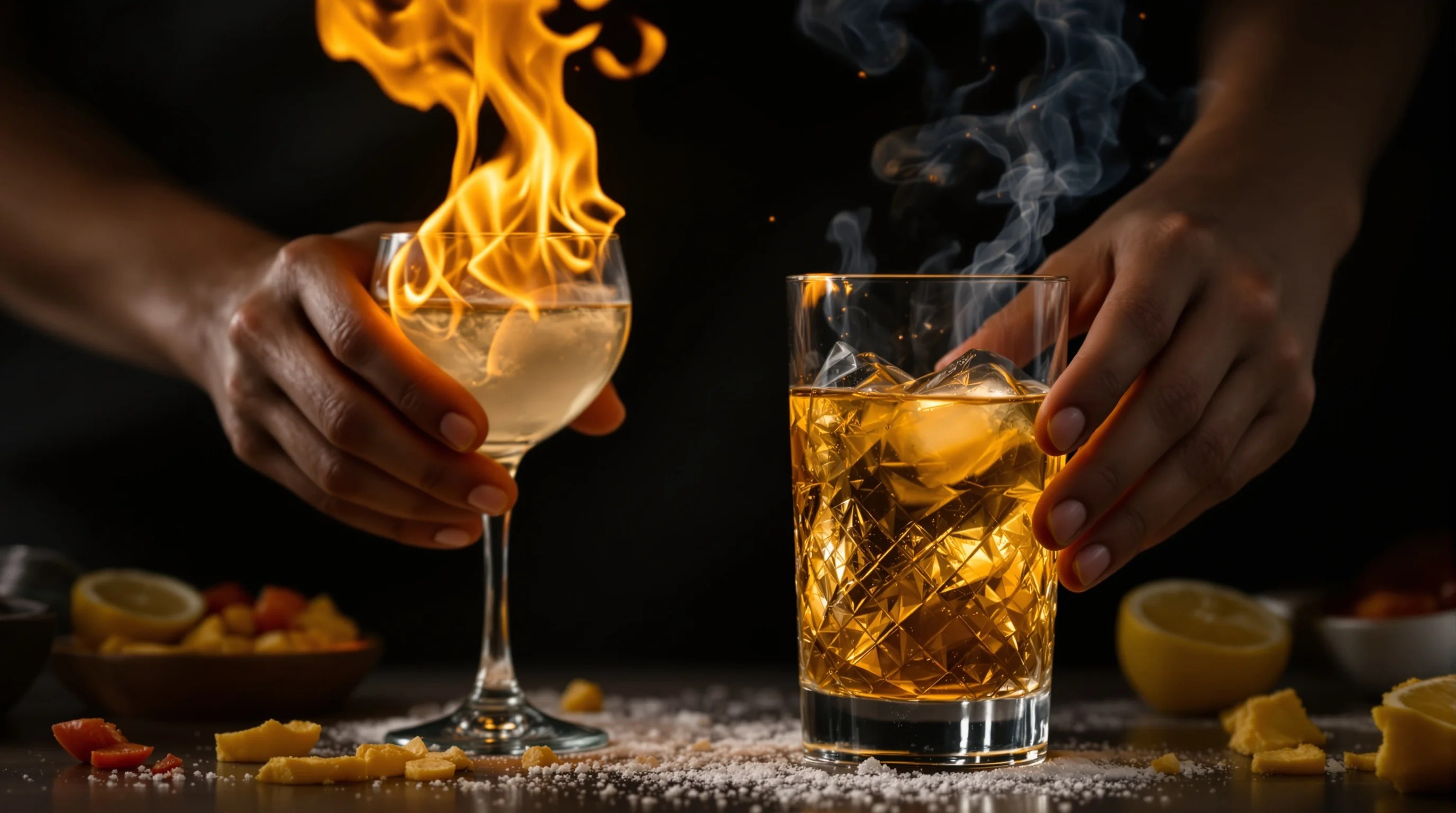
Conclusion
Knowing how to light drinks is as much about safety and planning as it is about show. Use high-proof spirits sparingly, prefer long lighters or torches for control, follow local regulations, and consider modern alternatives like LED-illuminated garnishes and YummyPic imaging to get dramatic, photo-ready results without the risks. Remember the key facts: spirits above 80 proof are combustible, alcohol vapors can ignite around 75°F (24°C), and many flaming cocktails are primarily visual, with only a few using the flame to change flavor in a meaningful way (CyAlcohol, PasteMagazine). With proper training and a clear SOP, fire can be a safe and memorable element of your beverage program.


